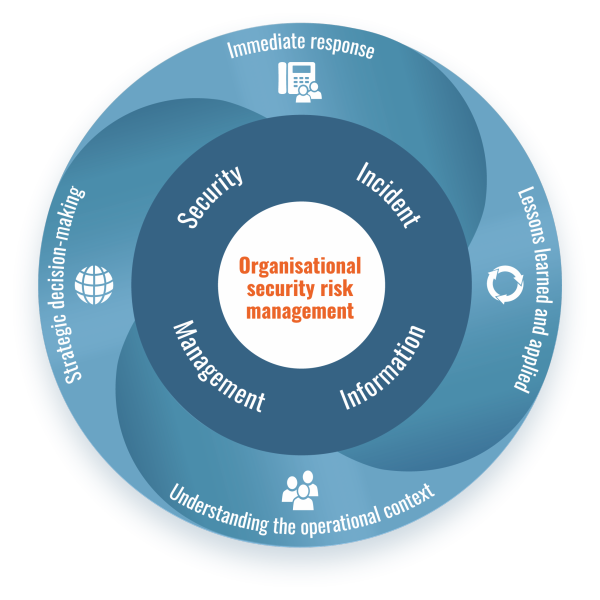
Security information incident management (SIIM) is the process of collecting and using information about safety- and security-related incidents that affect aid organisations to ensure staff safety and access to beneficiaries.
Introducing security incident information management (SIIM)
Improving SIIM in aid organisations is an Insecurity Insight project.
Efficient and effective security incident information management (SIIM) improves an aid organisation’s ability to access affected populations by improving the safety and security of its staff. This SIIM portal provides guidance and tools for aid organisations seeking to improve their understanding of and approach to SIIM.
- If you are new to SIIM, the self-assessment questionnaire provided in this portal can help you identify gaps in your organisation’s approach to safety- and security-related incident information management
- Use the SIIM Roadmap to learn more about how to address identified gaps, or simply for a step-by-step guide to the various elements of the SIIM cycle.
- The portal provides many resources that will help you to understand and use the SIIM process, ranging from handbooks to podcasts, short guides and tools.
SIIM is a key building block of security risk management.
What is SIIM?
SIIM is the process of collecting and using information related to safety and security incidents that can be used to inform an organisation’s decision-making and policy design.
SIIM ensures that security-related experiences are recorded and lessons learned from them are transformed into actions.
SIIM is a building block for all organisations’ effective management of security and safety risks, and can support the implementation of various security strategies, especially an acceptance-based approach.
Why SIIM?
Improving security incident information management allows an organisation to:
- Reduce the impact of security-related incidents
- Improve its ability to prevent future incidents
- Identify and implement mitigation measures
- Meet duty of care obligations
- Make sound operational decisions
- Engage in effective advocacy to improve access to beneficiary communities.
Who benefits from SIIM?
SIIM improves aid workers’ understanding of the safety and security context in which they work, which can help inform decision-making at all levels within the aid organisation. SIIM supports effective decision-making in the areas of policy, finance, operations and security risk management.
Effective SIIM that is people-centred also ensures that individuals affected by an incident receive the sEffective people-centred SIIM also ensures that individuals affected by a security-related incident receive the support they need, which may be different depending on the various profiles of those affected a particular incident. At its heart, SIIM is about providing aid workers with the information they need to make decisions that allow them to safely and securely access target populations.
How to use SIIM
Managing information about safety- and security-related incidents should be a continuous learning cycle. The response to and analysis of one incident should inform the response to and analysis of future incidents.
The key steps that organisations and employees should follow when implementing effective SIIM are outlined in the SIIM Roadmap on this portal.
The SIIM website is also available in:
- Arabic
- French
- Spanish.

 SIIM Roadmap
SIIM Roadmap SIIM Mobile Guides
SIIM Mobile Guides Podcasts
Podcasts Self-assessment survey
Self-assessment survey Handbook, User Guide and Toolkit
Handbook, User Guide and Toolkit SIIM in NGO security collaboration
SIIM in NGO security collaboration Incident data in a country context
Incident data in a country context SIIM in security risk management certification
SIIM in security risk management certification